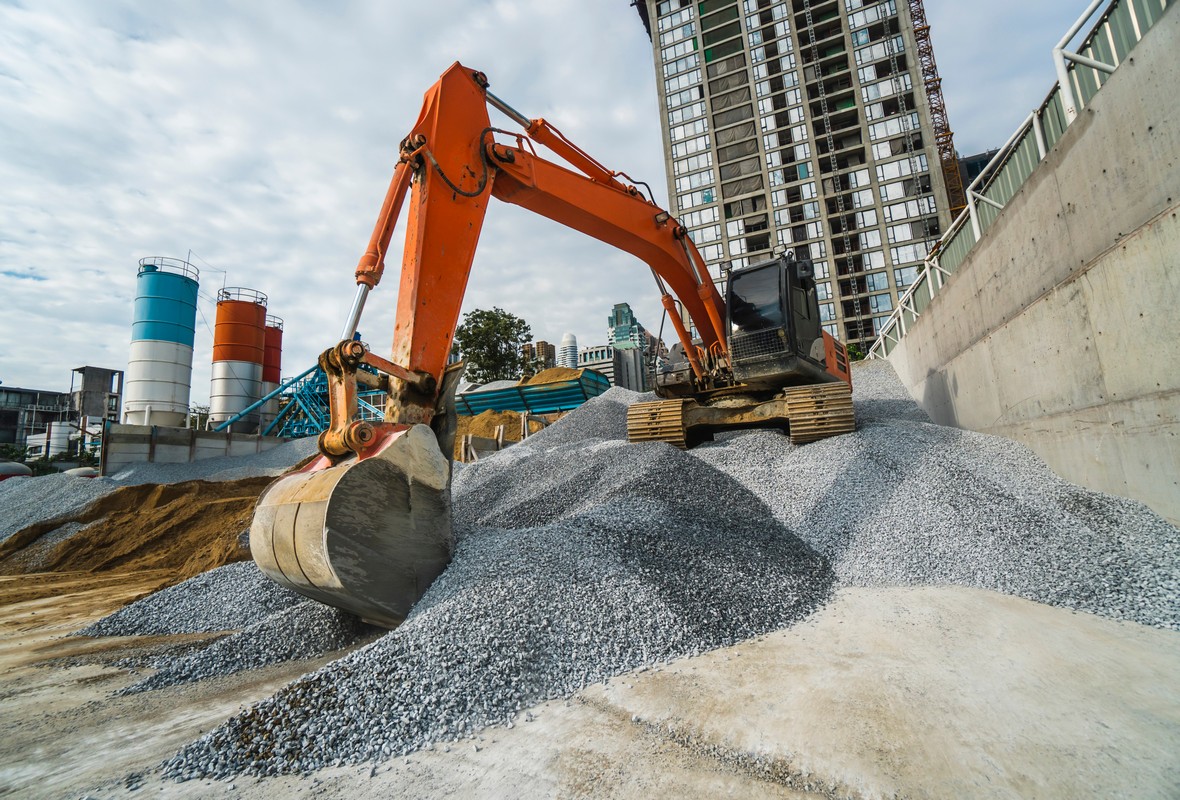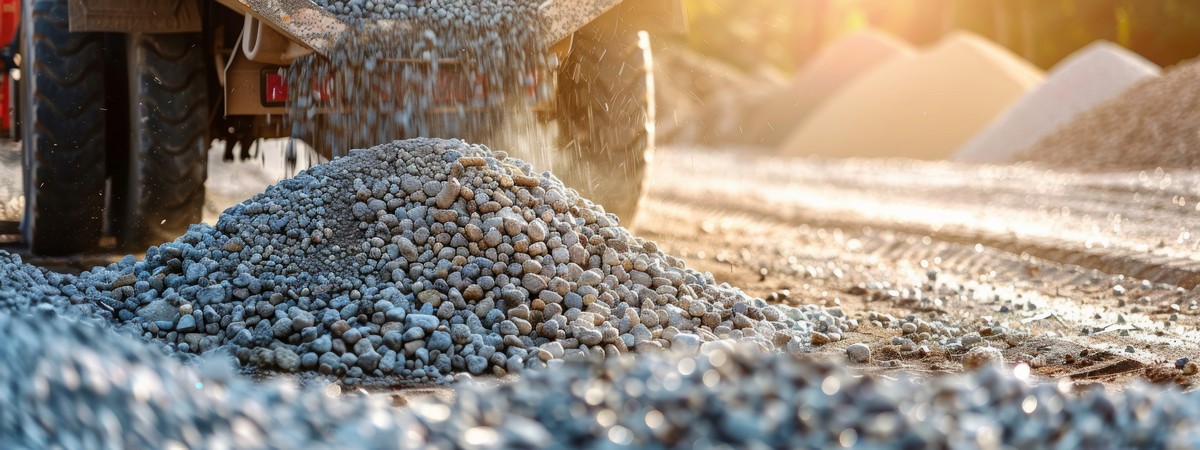

Doug Ford’s re-election handed him a third term as Ontario’s Premier, built in part on his Build Ontario agenda—more housing, highways, and infrastructure. It’s an ambitious promise to transform the province into an economic powerhouse. But in the Greater Toronto Area (GTA), the economic engine of Canada, that plan’s foundation is already cracking.
A recent report from the Ministry of Natural Resources identifies 6.2 billion tonnes of aggregate in the Greater Golden Horseshoe (GGH)—a hefty stockpile. Yet, the report also warns that high-quality, close-to-market reserves of stone, sand, and gravel are dwindling. Ford’s growth plan depends on securing affordable, sustainable aggregate—or Toronto’s boom could grind to a halt.
The numbers paint a stark picture. Only 20 per cent of existing sites yield the premium sand and limestone needed for asphalt and concrete, and the GTA’s supply is running thin. Aging quarries in the Niagara Escarpment’s Amabel and Gasport reserves west of the city are nearly tapped out, while the Carden Plain near Lake Simcoe—75 to 100 kilometers away—is too far to keep costs down.
With the Greater Golden Horseshoe’s population set to jump 45 per cent to 14.8 million by 2051, and Ford’s Housing Supply Action Plan aiming for 1.01 million homes by 2031—with 908,750 still to build—the region will need 235 million tonnes of aggregate, including 126 million tonnes of premium stone. But here’s the problem: aggregate licenses have fallen by 28 since 2013, and two-thirds of the GTA’s aging reserves are near depletion. Demand is steady. Supply is stuck.

Burlington’s Nelson Quarry is a perfect example of the bottleneck. Five years into an expansion bid—and now at the Ontario Land Tribunal despite agency approvals—its future remains uncertain because of opposition from a small group of local residents. Meanwhile, an Ontario Chamber of Commerce study warns that without new projects like this one, nearby quarries could run dry in less than a decade.
Ford’s campaign promises—to build fast, build big—are running headfirst into this supply crisis. The GTA’s housing needs and 400-series highway expansions depend on cheap, local aggregates. Sourcing materials from Halton or Durham could cut transport costs by up to 30 per cent and reduce emissions, but new site approvals remain painfully slow.
Permitting is the choke point. Under Ford, new licenses take an average of five years—a process that has resulted in half as many new quarries and pits compared to the prior Wynne government. For all of Ford’s talk about cutting red tape, his own permitting system is suffocating the supply chain. The numbers don’t lie: the province has the reserves, but if they remain locked underground, they might as well not exist.
This third term is Ford’s chance to deliver. His promise to Build Ontario will collapse if the GTA can’t tap into its own backyard resources. Permitting needs an overhaul—quicker timelines, stricter consultation requirements, and digital filing systems to streamline approvals without sacrificing oversight. The Chamber’s decade deadline looms, and Ontario is running out of time.
Ford built his re-election on the promise of growth. If he doesn’t fix the permitting system, his plan will collapse before the first shovel even hits the ground.
 Kevin Powers is the Managing Principal of Project Advocacy, a consulting firm that works with major projects facing public and political opposition.
Kevin Powers is the Managing Principal of Project Advocacy, a consulting firm that works with major projects facing public and political opposition.